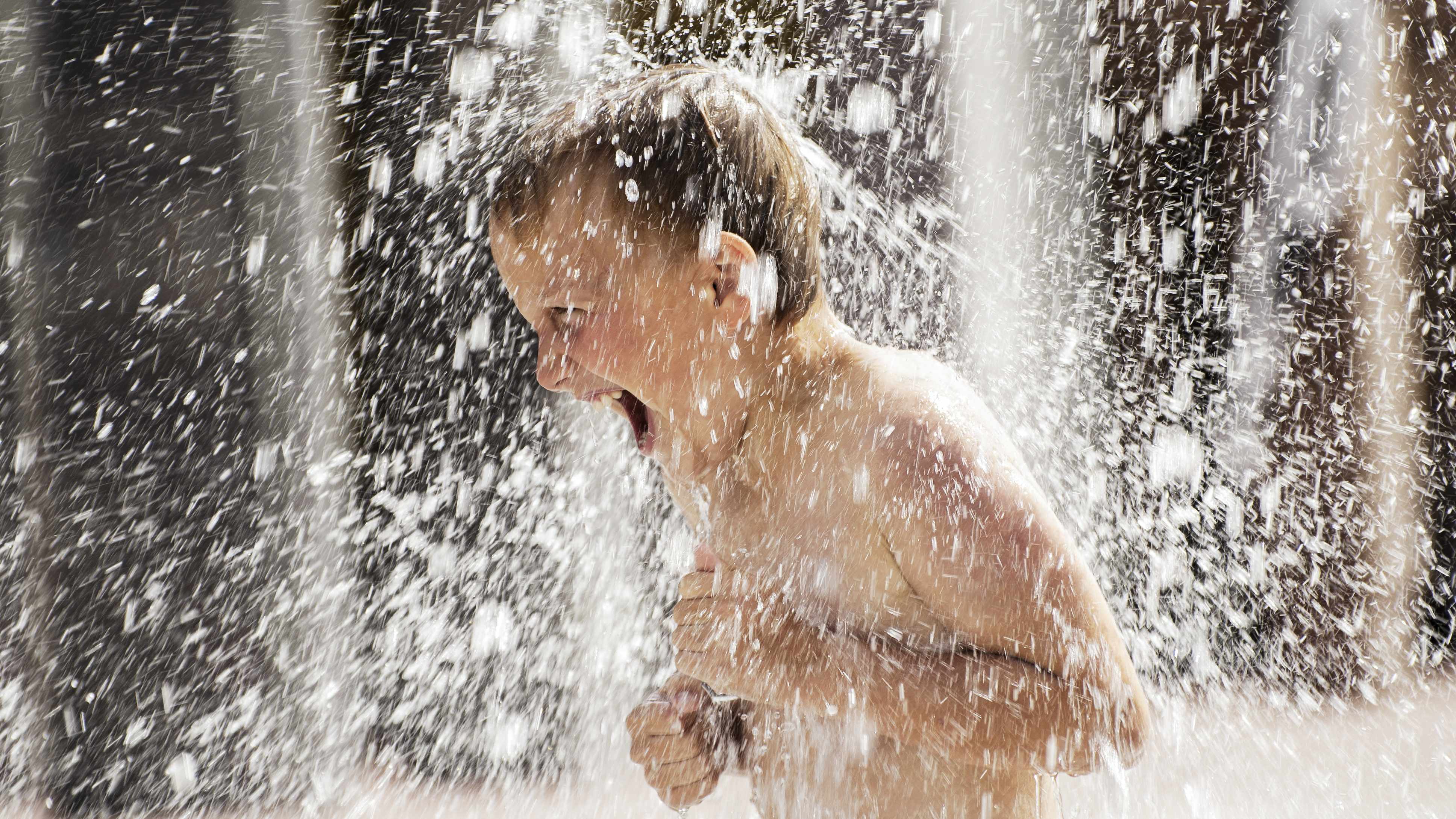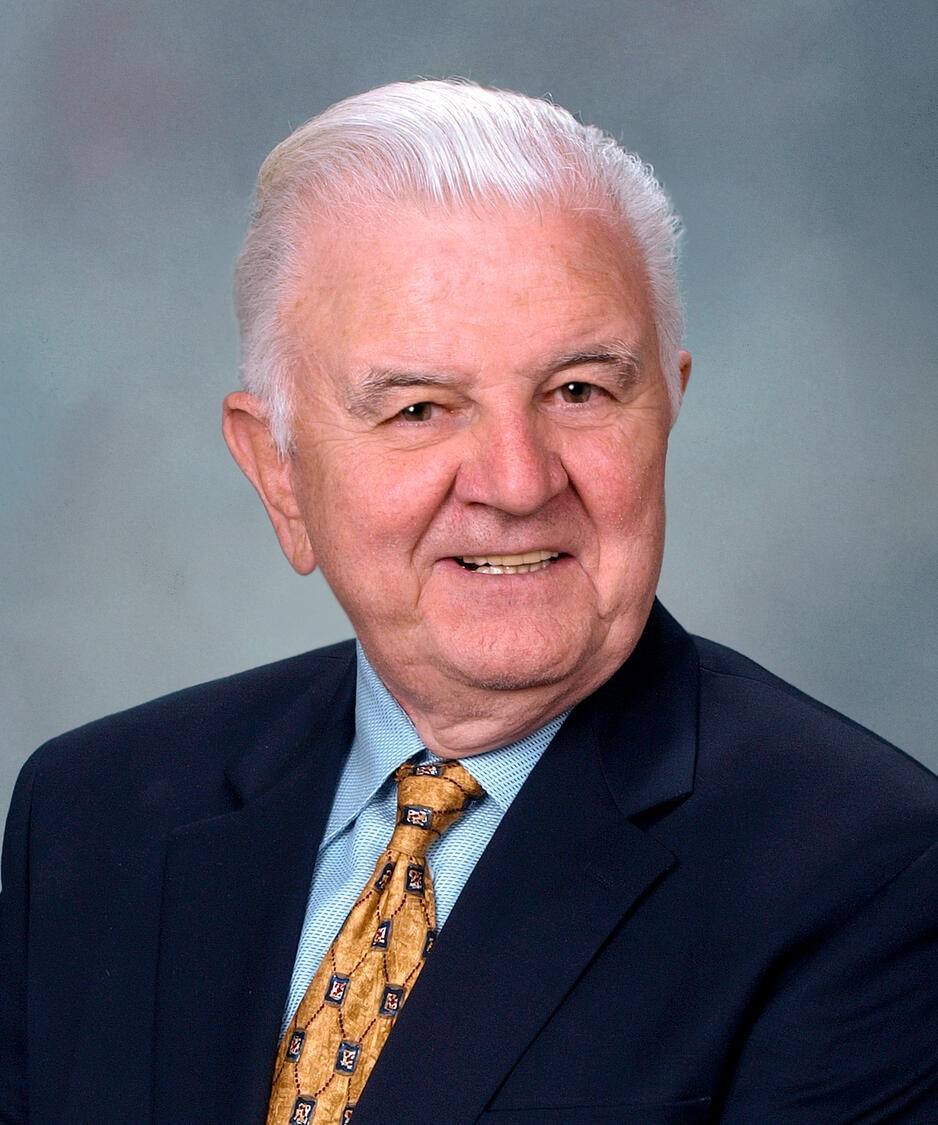
When the weather is blistering hot, Dr. David Claypool, an emergency medicine physician, says you need to listen to your body.
"What starts out as heat cramps can quickly move to heat exhaustion and then heatstroke when the body loses the ability to regulate and cool itself down," says Dr. Claypool. He adds a reminder that people should begin the day hydrated and keep hydrating. Dr. Claypool says if you feel hot but develop chills, that's a clear sign you need to slow down and seek cool air or water.
Heatstroke: First aid
Heatstroke occurs when your body temperature rises rapidly and you're unable to cool down. It can be life-threatening, damaging your brain and other vital organs. It may be caused by strenuous activity in the heat or being in a hot place for too long. Heatstroke can occur without any previous heat-related condition, such as heat exhaustion.
Heatstroke signs and symptoms include:
- Fever of 104 F (40 C) or greater
- Changes in mental status or behavior, such as confusion, agitation or slurred speech
- Hot, dry skin or heavy sweating
- Nausea and vomiting
- Flushed skin
- Rapid pulse
- Rapid breathing
- Headache
- Fainting may be the first sign in elderly adults
Seek emergency medical care
If you suspect heatstroke, call 911. Then immediately move the person out of the heat, remove excess clothing, and cool him or her by whatever means available. Cooling methods include:
- Placing in a tub of cool water or a cool shower
- Spraying with a garden hose
- Sponging with cool water
- Fanning while misting with cool water
- Placing ice packs or cool wet towels on the neck, armpits and groin
- Covering with cool, damp sheets
Let the person drink cool water to rehydrate, if he or she is able. Don't give sugary, caffeinated or alcoholic beverages to a person with heatstroke. Also avoid cold drinks, as these can cause stomach cramps.
Begin CPR if the person loses consciousness and shows no signs of circulation, such as breathing, coughing or movement.
Watch: Dr. David Claypool discusses symptoms of heat-related issues.
Journalists: Sound bites with Dr. Claypool are in the downloads.
How heat affects your body
Exercising in hot weather puts extra stress on your body. If you don't take care when exercising in the heat, you risk serious illness. The exercise, as well as the air temperature and humidity can increase your core body temperature.
To cool itself, your body sends more blood to circulate through your skin. This leaves less blood for your muscles. This increases your heart rate. If the humidity also is high, your body faces added stress because sweat doesn't readily evaporate from your skin. That pushes your body temperature higher.
Heat-related illness
Under normal conditions, your skin, blood vessels and perspiration level adjust to the heat. But these natural cooling systems may fail if you're exposed to high temperatures and humidity for too long, you sweat heavily, and you don't drink enough fluids.
The result may be a heat-related illness, in which occur along a spectrum, starting out mild but worsening if left untreated. Heat illnesses include:
- Heat cramps
Heat cramps, sometimes called exercise-associated muscle cramps, are painful muscle contractions that can occur with exercise. Cramped muscles may feel firm to the touch. You may feel muscle pain or spasms. Your body temperature may be normal. - Heat syncope and exercise-associated collapse
Heat syncope is a feeling of lightheadedness or fainting caused by high temperatures, often occurring after standing for a long period of time, or standing quickly after sitting for a long period of time. Exercise-associated collapse is feeling lightheaded or fainting immediately after exercising. It can occur especially if you immediately stop running and stand after a race or a long run. - Heat exhaustion
With heat exhaustion, your body temperature rises as high as 104 F (40 C), and you may experience nausea; vomiting; weakness; headache; fainting; sweating; and cold, clammy skin. If left untreated, heat exhaustion can lead to heatstroke. - Heatstroke
Heatstroke is a life-threatening emergency condition that occurs when your body temperature is greater than 104 F (40 C). Your skin may be dry from lack of sweat, or it may be moist. You may develop confusion, irritability, headache, heart rhythm problems, dizziness, fainting, nausea, vomiting, visual problems and fatigue. You need immediate medical attention to prevent brain damage, organ failure or death.
Pay attention to warning signs
During hot-weather exercise, watch for signs and symptoms of heat-related illness. If you ignore these symptoms, your condition can worsen, resulting in a medical emergency. Signs and symptoms may include:
- Muscle cramps
- Nausea or vomiting
- Weakness
- Fatigue
- Headache
- Excessive sweating
- Dizziness or lightheadedness
- Confusion
- Irritability
- Low blood pressure
- Increased heart rate
- Visual problems
If you develop any of these symptoms, you must lower your body temperature and hydrate right away. Stop exercising immediately, and get out of the heat. If possible, have someone stay with you who can monitor your condition.
Measuring core body temperature with a rectal thermometer is essential to accurately determine the degree of heat injury. An oral, ear or forehead thermometer doesn't provide an accurate temperature reading for this purpose. In cases of heatstroke, due to confusion and mental status changes, you won't be able to treat yourself, and you'll require emergency medical care. The most effective way of rapid cooling is immersion of your body in a cold- or ice-water tub.
In cases of heat exhaustion, remove extra clothing or sports equipment. Make sure you are around people who can help you. If possible, fan your body or wet down your body with cool water.
You may place cool, wet towels or ice packs on your neck, forehead and under your arms; spray yourself with water from a hose or shower; or sit in a tub filled with cold water. Drink fluids, such as water or a sports drink. If you don't feel better within about 20 minutes, seek emergency medical care.
When to see a health care provider
If you have signs of heatstroke, you'll need immediate medical help. If your core temperature is less than 104 F (40 C), but it doesn't come down quickly, you'll also need urgent medical attention. In some cases, you may need IV fluids if you cannot drink enough fluids.
Get cleared by your health care provider before you return to exercise if you've had heatstroke. He or she likely will recommend that you wait to return to exercise or sports until you're not experiencing symptoms. If you've had heatstroke, you may require many weeks before you can exercise at a high level. Once your health care provider clears you for exercise, you may begin to exercise for short periods and gradually exercise for longer periods as you adjust to the heat.
How to avoid heat-related illnesses
When you exercise in hot weather, keep these precautions in mind:
- Watch the temperature.
Pay attention to weather forecasts and heat alerts. Know what the temperature is expected to be for the duration of your planned outdoor activity. In running events, there are flag warnings that correspond to the degree of heat and humidity. For example, a yellow flag requires careful monitoring, and races are canceled in black flag conditions. - Get acclimated.
If you're used to exercising indoors or in cooler weather, take it easy at first when you exercise in the heat. It can take at least one to two weeks to adapt to the heat. As your body adapts to the heat over time, gradually increase the length and intensity of your workouts. - Know your fitness level. If you're unfit or new to exercise, be extra cautious when working out in the heat. Your body may have a lower tolerance to the heat. Reduce your exercise intensity and take frequent breaks.
- Drink plenty of fluids.
Dehydration is a key factor in heat illness. Help your body sweat and cool down by staying well-hydrated with water. Don't wait until you're thirsty to drink fluids. If you plan to exercise intensely, consider a sports drink instead of water. Sports drinks can replace the sodium, chloride and potassium you lose through sweating. Avoid alcoholic drinks because they can actually promote fluid loss. - Dress appropriately.
Lightweight, loose-fitting clothing helps sweat evaporate and keeps you cooler. Avoid dark colors can absorb heat. If possible, wear a light-colored, wide-brimmed hat. - Avoid midday sun.
Exercise in the morning or evening, when it's likely to be cooler outdoors. If possible, exercise in shady areas or do a water workout in a pool. - Wear sunscreen.
A sunburn decreases your body's ability to cool itself and increases the risk of skin cancer. - Have a backup plan.
If you're concerned about the heat or humidity, stay indoors. Work out at the gym, walk laps inside the mall or climb stairs inside an air-conditioned building. - Understand your medical risks.
Certain medical conditions or medications can increase your risk of a heat-related illness. If you plan to exercise in the heat, talk to your health care provider about precautions.
Heat-related illnesses are largely preventable. By taking some basic precautions, your exercise routine doesn't have to be sidelined when the heat is on.
This article is written by Mayo Clinic staff. Find more health and medical information on mayoclinic.org.







